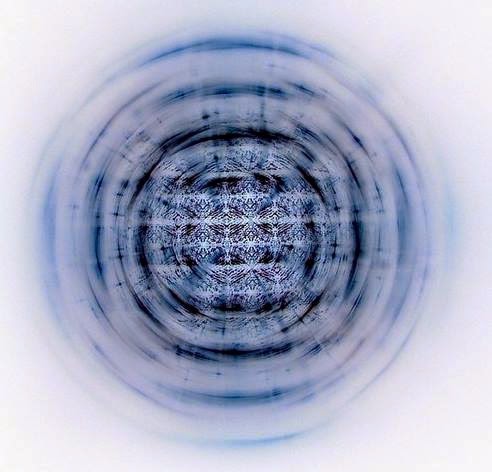Menno Cramer
The empowerment of novelty, flexibility and change will create an environment in which humans can grow and live in a natural manner. They will not be constrained by the current rigid fabric of urbanized areas that doesn't allow for natural growth to occur.
 |
| Illustration: Joni Virkki / C-LAB CURE |
RIGID FABRIC
Many of the issues urban societies are facing are caused by the lack of provision of life afforded by current cities. The rigid urban fabric of urbanized areas does not allow for natural evolution to occur. Natural evolution within and among human beings is crucial for a truly sustainable society. The redesign and re-evaluation of urban areas can alter and improve the provision, however this will only be a temporary solution as for a new rigid fabric a new static state is induced. It is not natural for humans to be in such a rigid dead fabric. We are forced to move around in order to fulfill our basic needs. Natural evolution only occurs in places where the speed of urban sprawl exceeds the planners or governments influence on where society starts to fall apart and from within the ruins life can spread.
Negative aspects of the current city structure are caused partially by the inflexibility of urban areas, whereas a river moves over time cities are snapshots of pathways frozen in time. Whereas tribal structures were in place to increase the social well being of a group the current urban metropolis seems to have lost this function. User experience design and human centered design flourish more than ever. However, where are these views among the planners and architects? Humans are and should be the center point of any architectural design. So what does the concrete giant do for me? What does it bring me?
Studies have shown that city life is positively correlated with increases in depression, burnout, health problems, obesity, economic disproportions, racism and a steep increase in negative social interaction. The current urban fabric has managed to evolve into a framework for a relatively sustainable capitalistic individualism; where humans mutually agree to ignore each other and avoid any major human interaction.
However society as a whole is suffering from this. Urbanization allows for the cohabitation of multiple social classes and groups however it does not encourage natural social and individual well-being.
 |
| PARACITY @ China Central Academy of Fine Arts CAFAM Biennale 2014. |
Humans are biological, they come from nature, and they are nature. Humans need a space to live in because they can’t exist without being. The current place present in a space where most of the earth’s human population inhabits is what we call urban areas. An urban environment does not have the same qualities as a natural environment. Today’s society and social class has evolved from the Neanderthals and therefore we do not feel like caveman and women anymore. However everyone has neglected the fact that the current exposure to a non-natural environment will harm us as human beings. We have noticed negative consequences as listed above however thus far they have not outweighed the benefits. Seeing as that urban areas are growing more rapidly than ever I believe we need to reevaluate the urban fabric as such and propose a biological solution for urban growth.
 |
| Cover of the independent newspaper Paracity for the China Central Academy of Fine Arts CAFAM Biennale 2014. |
It is this biological solution which will host a new way of life which will address some of the issues presented above in a natural biourban manner. It is the way the issues are addressed through a this non-rigid structure which will aid society to develop and look at a new way of life. The social interactions which are forged are there purely to emphasize the individual. We work hard and network to grow personally in a Paracity this is the city and we can grow from it around it with it and within it.

No comments:
Post a Comment